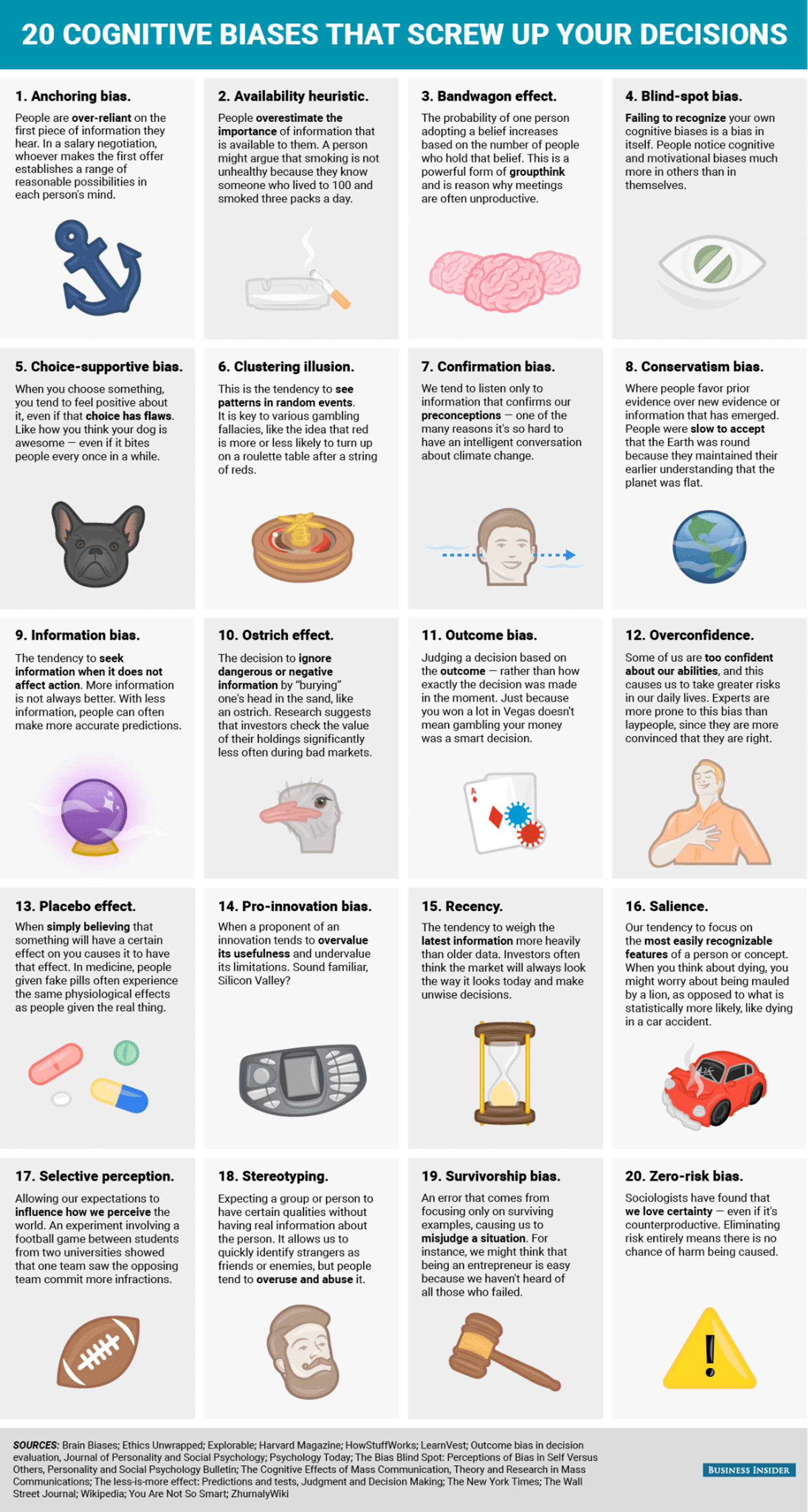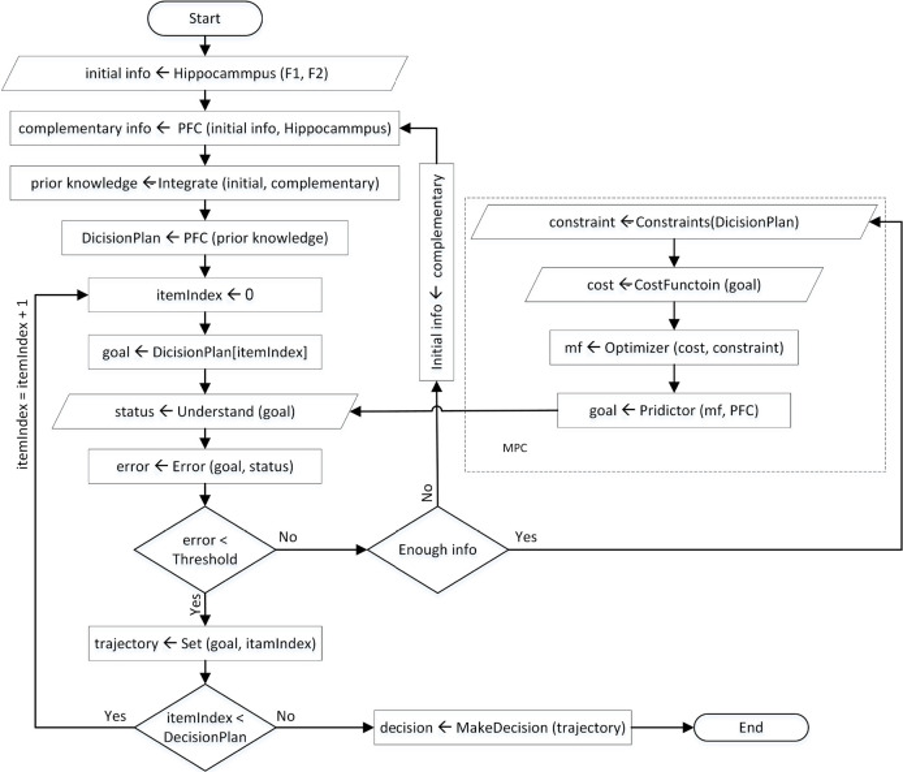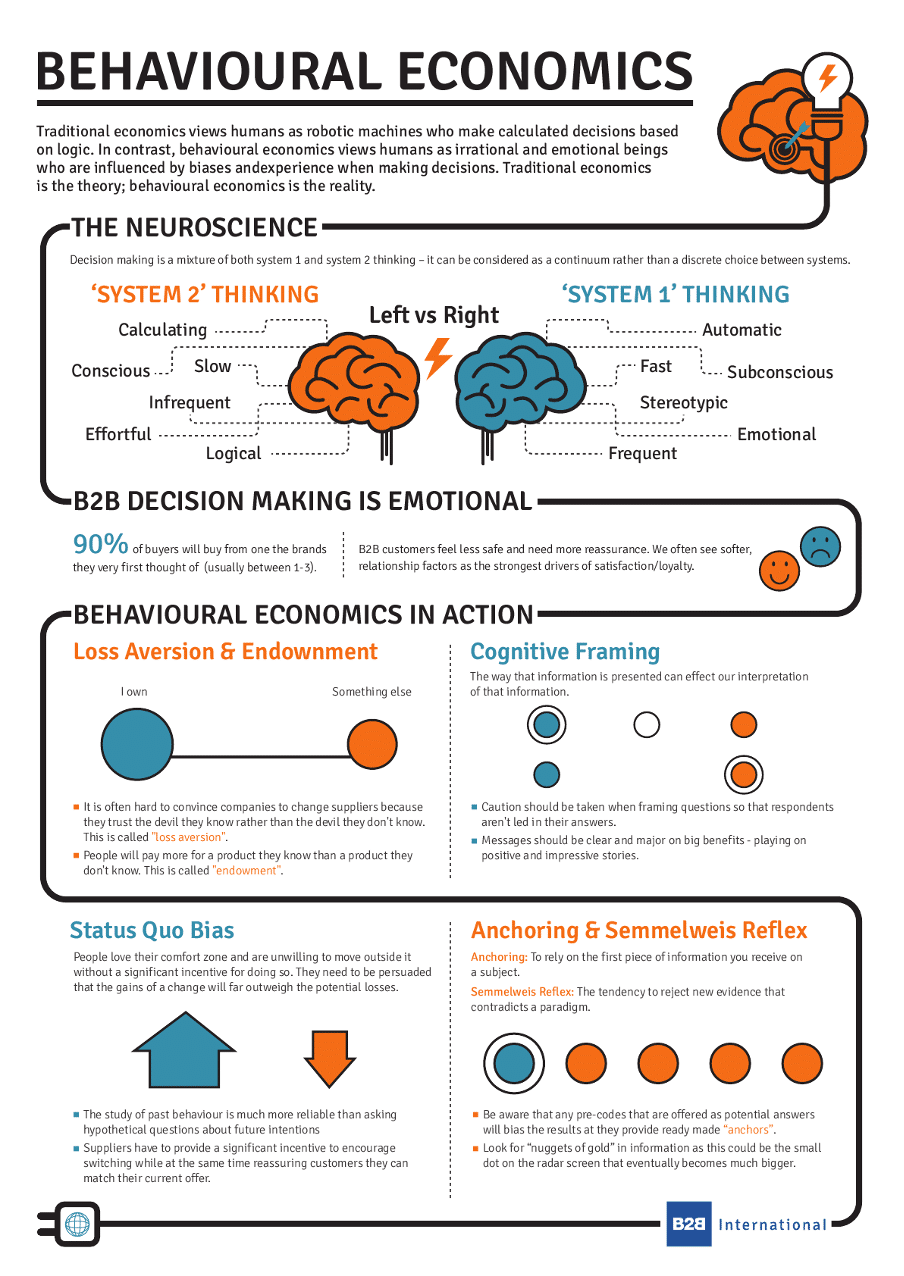Understanding buyer psychology

How to sell? It’s a question that every business leader wants to answer and to some degree, they have part of the answer right. But to sell, you must first understand the buyer. Decisions a buyer makes will result in a sale or no sale. Decision-making is anchored in buyer psychology. In the insect world, Behavioral, Physiological, Demographic and Ecological impacts have a great consequence on ensuing actions – and the human form is no different. In this blog, let’s understand the science (and the art) behind what makes b2b buyers decide and buy your products and services.
Buyers decide the future of a company. No matter the type of business; for-profit, an NGO, or a religious organization, you will have buyers. Buyers who subscribe to your ideas and beliefs. These ideas and beliefs are delivered in the form of a product or a service. A well-defined ideal buyer persona is foundational in understanding what makes a buyer tick. Understanding buyer psychology is vital for successful products. How do buyers make decisions? What factors affect those decisions? What are the negative drivers that push a buyer away from choosing your solution?
Every human brain is wired differently.
Decisions we make are based on inputs we receive from our brain. We use new and old information sources to form a memory. When making a decision, there is constant communication between the working memory (prefrontal cortex) and the long-term memory (hippocampus). Whenever we see an object or feel an experience, our brain processes information from our database of stored memory (in the form of images). It relays this information to the font (cortex). Even in the case of a first-time impulse buy, an image of a similar object or an adjacent experience has driven the buyer to decide.
It’s no secret that the human brain learns better with images. It is difficult but possible to reprogram the ‘image’ of a certain object or an experience. Every person has those unique memories or experiences. This forms the basis of safe decision-making.
The first experience is a lasting one, if not the last.
Marketers are in a constant battle.
They work tirelessly to form / re-form the image of a company / brand. Every touchpoint, and every communication impacts (in varying degrees) the type of memory that their audience stores in their databases. The year of copyright is not current, a web link is broken, and chat agents are not available even during mentioned business hours; these are some of the factors that affect the overall experience. Marketers usually get the big things right. The devil, however, is in the details.
The brain has the power to control emotions.
That’s why a B2B buyer can take individual preferences based on emotions out of business decision-making. It’s collective decision-making. B2B buyers buy for a business use case. They have a need to feel safe. The decision they make in their jobs affects their career.
B2C buyers’ decision, on the other hand, is driven by many more factors. They are more emotionally attached as compared to a B2B buyer. They can take more risks. For instance, my choice for a personal television set is Sony as in my mind, that’s the best experience for me and my family. We love our Xbox. But for my business, the cost of a ‘display screen’ will play a major role in decision-making.
The Science behind decision making
The research shows that decision-making can be simplified in the form of a flowchart. There are well-defined stages that a decision flows through. A decision-making model was proposed by the National Center for Biotechnology Information. For long this was understood to be buyer psychology simplified.
So you’d imagine decision-making is an algorithm. Logical, precise – like a robot. Once you know the algorithm, it’s easy to hack. Right? But wait. Read on.
The Art behind decision making
In the past, we’ve held a simplistic view of how a human mind makes a decision. If the science backs our theory, we must be right. But we know that we all have made some gut-based decisions in our lives. That choice of hiring a particular candidate even though your evaluation points in a different direction. Or choosing to go with a new and upcoming social media management platform over a more mature product. The list goes on. Almost always, a mature B2B buyer uses past and new experiences to make a sound business decision.
A B2B buyer has the ability to process multiple factors at the same time like a trusted peer recommendation, industry analyst review, and past experiences, to name a few. But every so often, our decisions lean more toward irrational choices.
Source: What Is Behavioural Economics?
It’s also worth noting that biases skew decision-making. Cognition is the process of thinking, perceiving, and reasoning – both the conscious and unconscious mind. It’s how we learn through experiences and senses. With a biased approach, decision-making can get irrational pretty quickly. Below is a set of 20 cognitive biases that greatly affect us.

Final word
The experts say, finally these decisions come down to a pros & cons list. For a product leader, knowing the cons is of more importance than the pros. You can build a list of features in your offering but have to account for the cons that drive a buyer away. The only way you educate your buyer is with the help of communication on the front foot. Cost, ease of owning, renewals, integrations, boundary conditions, and extras are levers that skew decisions in product procurement.
“One thing a person cannot do, no matter how rigorous his analysis or heroic his imagination, is to draw up a list of the things that would never occur to him.”
– Thomas Schelling
The job of a marketer is not easy. If you take any successful brand, there has been a constant pursuit of perfecting the understanding of their buyers’ psychology. What drives the buyer in real life, what they feel, what risks they carry, what aid they need and when are all pertinent questions. In the marketing world, everything affects everything.
For marketers, it’s imperative to focus on understanding buyer psychology for the long-term growth of the company. Communication framed right can dramatically change outcomes. However, with the marketer mortality rate high, brands today are a mash of multiple ingredients that don’t fit right. One GTM is overwritten by another. Misaligned partner marketing strategy. Siloed operations. Many short process execution cycles, a.k.a. perpetual chaos. Predictability will come with sustained efforts over a period of time. That’s how great brands are born. Else it’s always only a flutter away!






